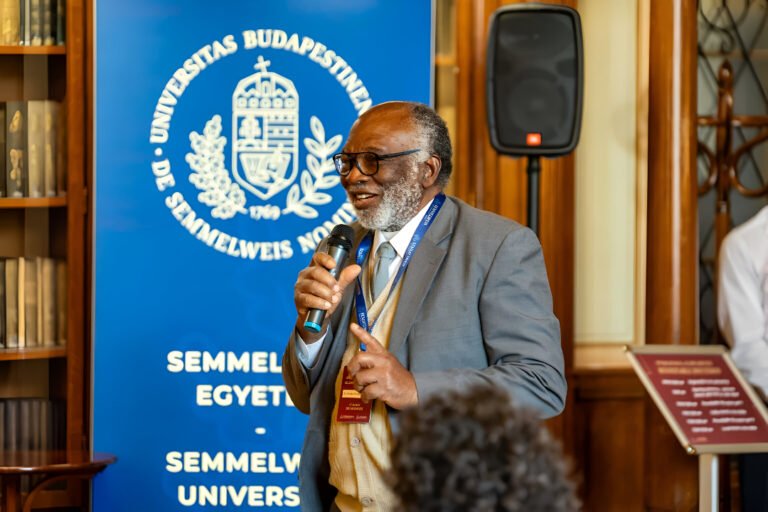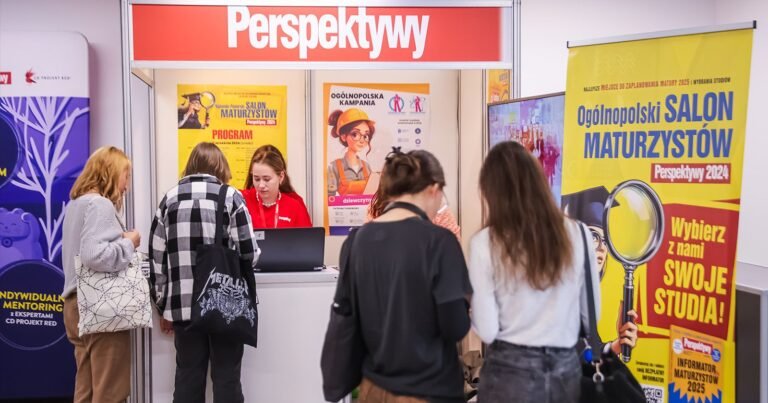
At the first International Loess Terroir Conference, held at the Szekszárd Knowledge Centre, experts from the University of Szeged’s GeoTerroir Research Group explored how the geological properties of loess — a fine, calcareous sediment — influence grape cultivation and wine quality. According to researchers, understanding loess-based terroirs may be key to boosting the international prestige of Hungarian wines.
Dr. Béla Raucsik and Prof. Dr. Elemér Pál-Molnár explained how loess deposits — common in Tokaj, Balaton, Villány, Szekszárd, and other Hungarian wine regions — offer a chemically rich, loosely bound soil that benefits both viticulture and terroir-driven wine branding.
International wine authorities such as Wojciech Bońkowski (Decanter World Wine Awards) joined local geologists and winemakers to highlight the marketing and scientific potential of terroir storytelling based on precise geological data.
“This conference shows that tradition and taste now come with scientific backing,” said Prof. Pál-Molnár. “The knowledge of how loess formed — and what it contributes to the vine — can raise the level of both wine education and consumer appreciation.”
Source: University of Szeged – GeoTerroir Research Group
hotos: Kovács-Jerney Ádám, Kovács Adrienn






